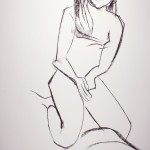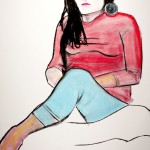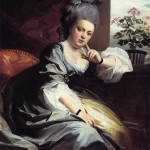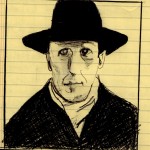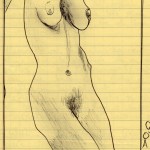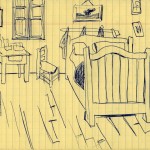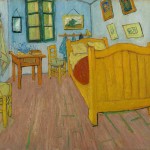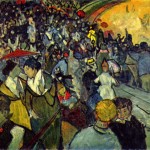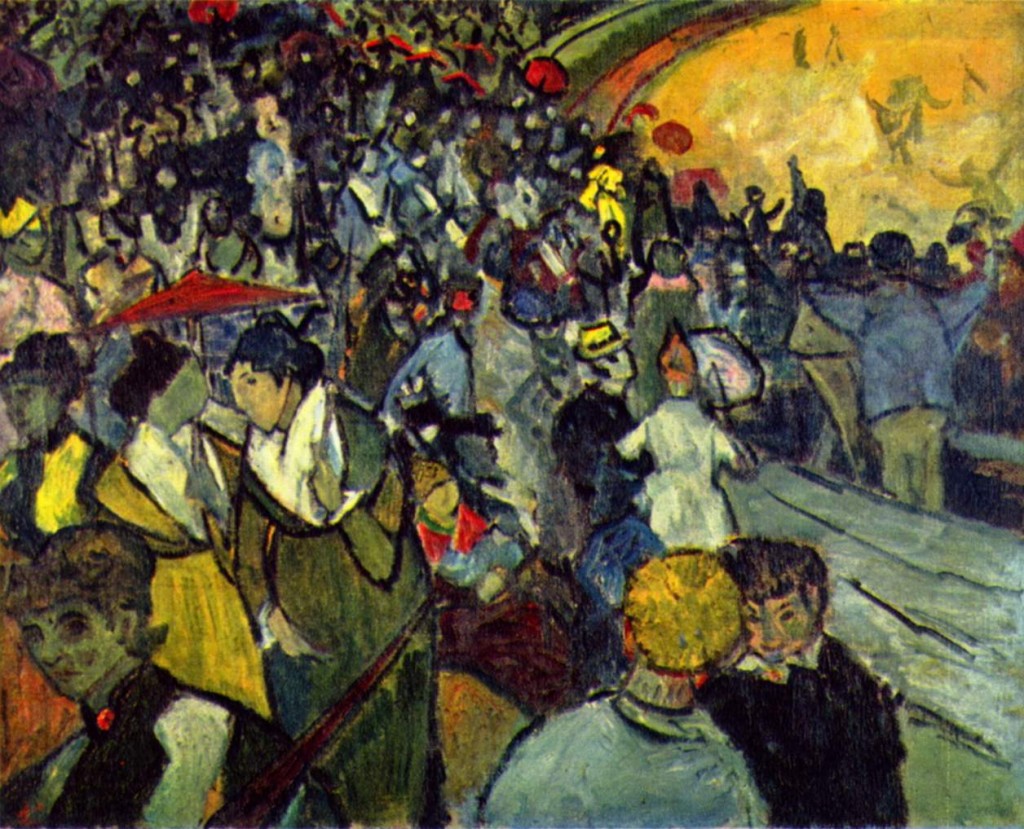This week’s drawings were a continuation of my usual ritual with figure chalk pastel portraiture- This is basically considered figure drawing, but with more focus on the face and upper body; I call it portraiture because my approach is showing a likeness of the person, their expression and character whereas ‘figure drawing’ typically frames the entire body and is more concerned with accurately interpreting anatomy- although every aspect of shadow and geometry in figure drawing is totally relevant in portraiture.
These drawings were done using a makeshift easel: Giant ply board duct taped to a chair at an angle with paper clipped to ply board, as I sit across in a chair of the same height. Usually Iv found it more fun and challenging to draw figures nude, to capture shadow and curves but drawing people in their clothes can be even more engaging; to dance around the wrinkles and shadows cast by clothing; thin stripes and creases of tight denim, flowing waves of loose fitting cotton. When I draw my friends, they are allowed to wear anything they want so that hopefully the drawing will capture their honest essence. Lately Iv been checking out John Updike’s ‘Still Looking’, a series of essays on early American oil paintings, where looks at 18th century painter John Singlton Copley, who had wealthy patrons commission him to paint their families; their lavish masquerade-like choice of dress and the likelihood of those being their regular attire. They are dressed to impress and Copely’s accuracy of facial and body character is telling of their real attitudes: “If the honest merchants and their plump, long-suffering wives appear uncomfortable in upper-class masquerade, it is because Copley has put enough of their real selves on view to register their discomfort” (Updike 13)
